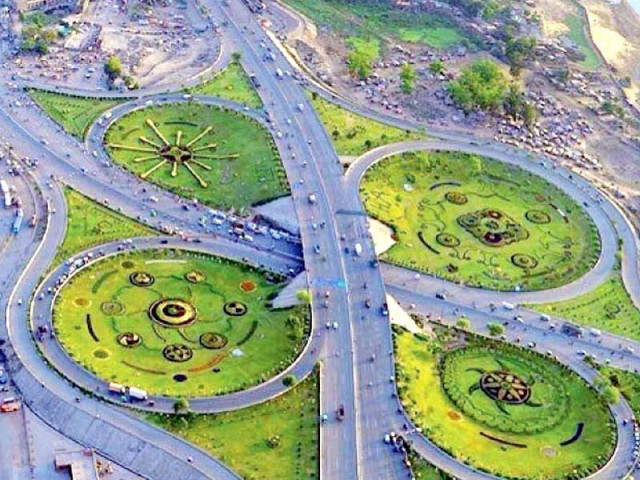Economy to maintain recovery pace
Finance ministry expects inflation reading to remain between 8-9.5% in April

The Ministry of Finance on Tuesday claimed that the economy would maintain its recovery pace despite the third wave of Covid-19 and it tamed inflationary expectations by forecasting 8-9.5% inflation reading for April.
“With timely measures taken by the government to tackle the third wave of the pandemic, risks are mitigated, thus better prospects of economic growth are visible,” said the ministry in its monthly Economic Outlook bulletin.
The finance ministry stated that the third wave of the pandemic was putting pressure on recovery, however, timely decisions taken by the government, especially the smart lockdown policy, were helping “the economy to keep its pace of recovery”.
The ministry’s assessment is largely based on the past performance of agriculture and industrial sectors, as the services sector, which contributes 60% to the total national output, is severely impacted by the fresh restrictions imposed on wholesale, retail and transport sectors.
The ministry said that the third wave of virus infections “may not depress industrial activity as much as it did during the same period last year”.
It stated that large-scale manufacturing surpassed pre-Covid production levels in February this year, registering 4.8% growth on a year-on-year basis.
The ministry again mentioned the much-trumpeted Rs1.24 trillion economic relief package, but did not share the actual disbursement against the total funds, which largely remained on paper.
In its monthly bulletin, the finance ministry tamed inflation expectations for the current month and projected a range of 8-9.5%. However, according to estimates of the Ministry of Planning, the inflation reading may go into double digits.
The report added that the recent rising trend in international commodity prices and domestic energy prices may have temporary second-round effect on inflation in the short run, which may be neutralised by government interventions and a strong exchange rate.
“Inflation is expected to remain between 8-9.5%,” it said, adding that from the beginning of next fiscal year, assuming the absence of any new supply shocks, favourable base effects may start to drive year-on-year inflation to lower levels.
The Consumer Price Index-based inflation had increased by 9.1% in March due to an increase in prices of food items, clothing and footwear. A few consumer items as well as energy prices slightly pushed up inflation.
The finance ministry said that the government imported wheat and sugar to bridge shortfalls and improve supplies in the market.
Public sector wheat stocks have depleted to less than 650,000 tons, which are hardly sufficient for two and a half week of consumption. Despite import of sugar, people are seen standing in long queues outside utility stores and government-controlled bazaars to buy only two kg of subsidised sugar.
Moreover, the ministry saw recovery in the agriculture sector. The report showed that the recent estimates of crops provided in the Federal Committee on Agriculture (FCA) meeting indicated that the downside risk to cotton production would be mitigated by better performance of all other crops. Thus, “the agriculture sector is expected to perform well,” it added.
During the 16th meeting of FCA held on April 8, 2021, the finance ministry said that except for the production of cotton, which was estimated at seven million bales, major Kharif crops surpassed the production targets of 2020-21.
Rice production is estimated at 8.4 million tons, sugarcane at 81 million tons and maize at 8.4 million tons, which glorify the agriculture sector’s performance.
However, the ministry added that for Rabi season 2020-21, the wheat crop production was estimated at 26.04 million tons, an increase of 3.1% against last year’s production of 25.25 million tons.
On Monday, the finance ministry shared last year’s wheat production figure of 26 million tons with the National Price Monitoring Committee.
The ministry stated that 26.04 million tons of wheat production was due to an increase in area under cultivation attributed to the policy support, ie, the National Agriculture Emergency Programme, increase in support price of wheat and availability of subsidised inputs for Rabi crops 2020-21.
However, the report did not discuss the anticipated shortage of three million tons against the consumption estimates and its impact on wheat prices, budget subsidies and imports.
The report stated that agrarian inputs like fertiliser and water supplies remained better this year. Agriculture credit disbursement increased by 4.6% to Rs953.7 billion compared to Rs912.2 billion in the same period of last year.
Published in The Express Tribune, April 28th, 2021.
Like Business on Facebook, follow @TribuneBiz on Twitter to stay informed and join in the conversation.



















COMMENTS
Comments are moderated and generally will be posted if they are on-topic and not abusive.
For more information, please see our Comments FAQ